Southeastern to MPs: “We’re a low cancellation railway”
Southeastern have written a letter to MPs offering comment after numerous problems since new timetables were introduced.
It reveals changes introduced as a result of cuts from government save just £10 million.
Southeastern is now a wholly owned company under the control of the Department for Transport, who along with the Treasury have sought cuts to the network.
They state they’ve been taken aback by increases in passengers recently as well as people switching lines to services through Sidcup heading to Charing Cross. They do however claim that “Southeastern continues to be a low cancellation railway with full resource availability”.

Various other issues are addressed with Network Rail’s poor performance highlighted. There have been numerous problems recently due to issues under the control of NR so this is far from only on the shoulders of Southeastern. Signal failures are almost a daily occurrence around London Bridge and Lewisham despite years of closures and projects. The letter mentions another upgrade over Xmas yet even since written last week more failures have occurred.
Network Rail have questions to answer and played a big part in recent problems.
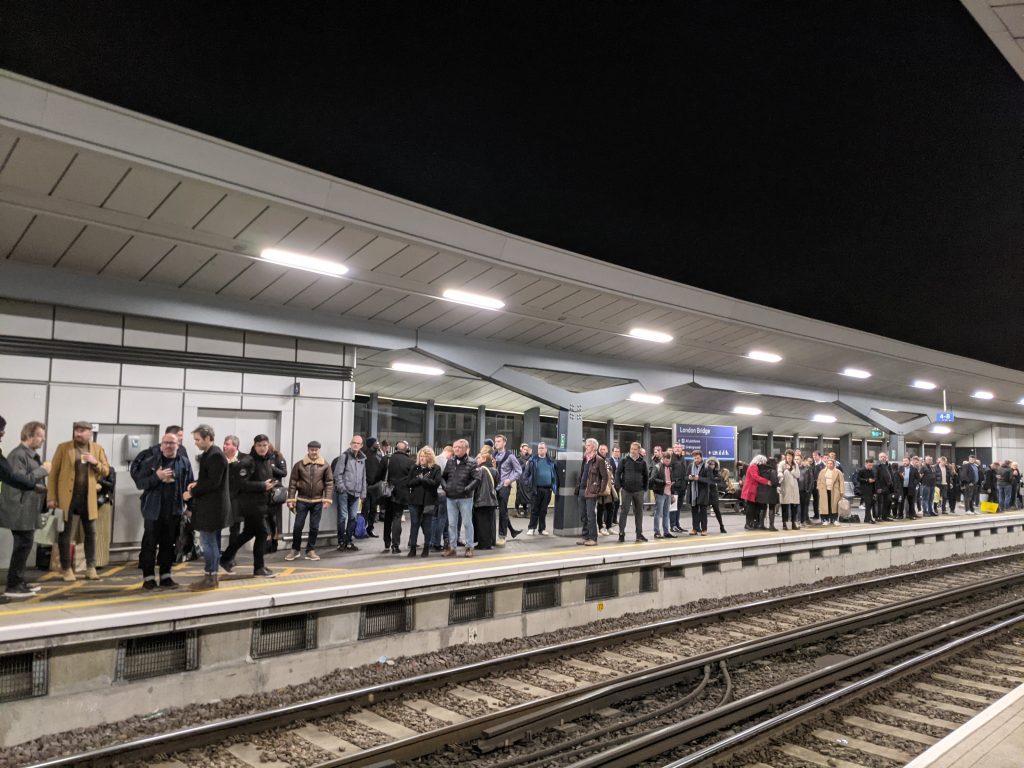
Yet the new timetable, which saw cuts on some lines such as through Greenwich where four Southeastern trains per hour up until December 2022 is now down to two even during peak times acts to amplify external issues that do arise.
Today again we saw train failures compound signal failings, with this morning’s rush hour seeing just 75 per cent of trains “on time” in the Metro area – which is up to five minutes late. I’ve been keeping tabs and the daily number is often below 80 per cent since changes made.
The letter does though claim “Early experience has highlighted some strengths of the timetable”.
London Bridge station
One key rationale was that more passengers would need to change at London Bridge yet there’s ongoing questions about just how suitable the rebuilt station is for transfer which is a key aim of the new timetable given narrow pinch points along platforms.
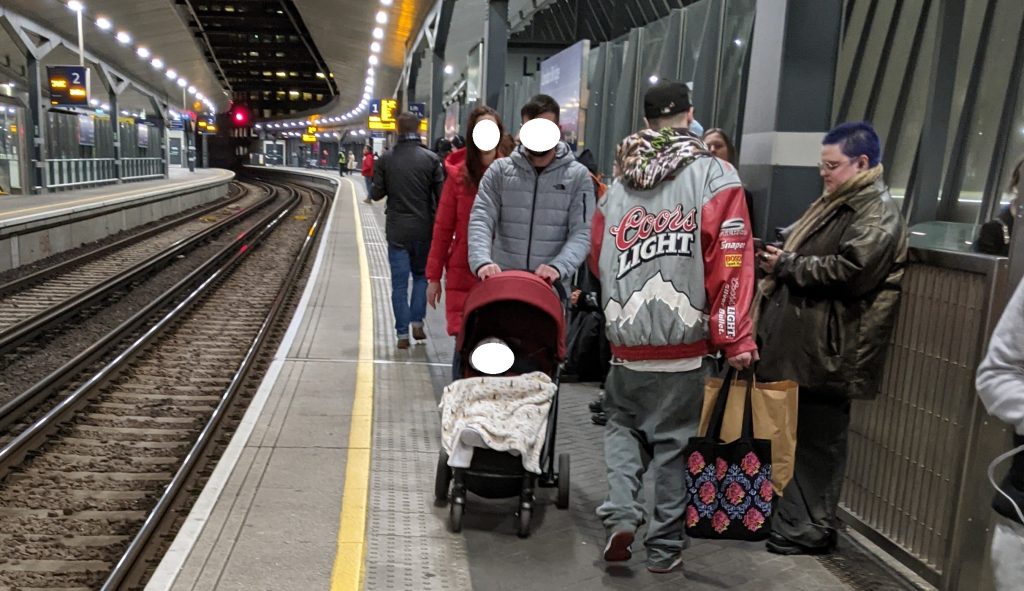
In an ideal world people would move along the entire platform negating this issue but it’s not an ideal world. If we also factor in a greater number of people changing platforms at the station post timetable change, reduced services such as the aforementioned cuts through Greenwich, longer service intervals in the new timetable with remaining services often bunched together and infrastructure issues then perhaps it’s won’t be to the job much of the time unless adequate services are running?
The original plan to have certain lines only go to certain terminal stations was never predicated on service cuts and a timetable that bunched services leaving substantial gaps.
Intervals between services now mean changing and waiting for far longer than previously. Heading from Charing Cross to, say, Deptford? Now an enforced change at London Bridge with a wait up to 27 minutes. That contributes to a congested station.
If services are to be rationalised by terminal, then a key consideration should be to ensure services remain are at regular intervals without long gaps at London Bridge.
Southeastern go on to state there’s now better resilience since December for their services to recover, though if they cut services and run fewer trains then yes it would be easier to recover. Cut them to one an hour and the stats would look great. Few could board a train though.
Passenger growth a surprise?
The letter presents some reasons things aren’t working out such as increased passenger numbers in the evenings.
In terms of passenger recovery in the capital it’s hard to see why they were surprised. A look at TfL’s growth over the past year shows a steady increase to around 80 per cent. Latest figures can all be seen in the latest TfL board meeting papers.
At the end of last year Southeastern were quoting data showing they were around 60-65 per cent of 2019 levels while TfL were comfortably ahead at the time including on the DLR, which like SE Metro now has the Elizabeth line for company.
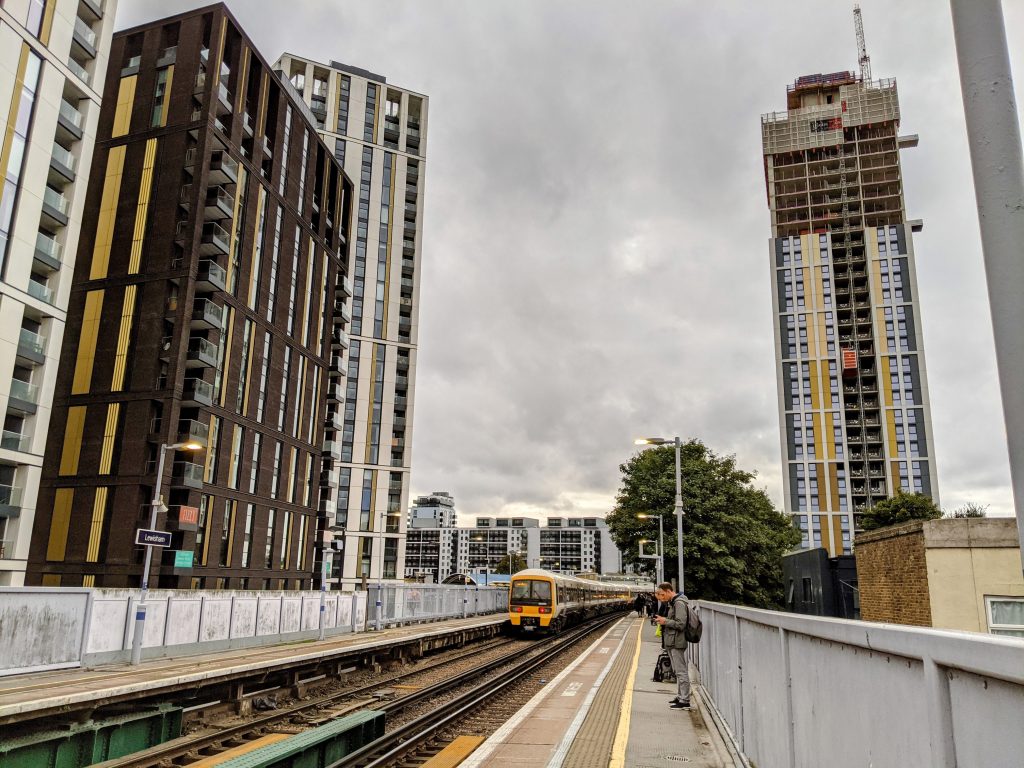
If journeys across the rest of the city under TfL control were rising it seemed likely those made on SE Metro (rather than longer distance) would rise too, particularly given high levels of new homes around key stations approaching completion.
SE Metro services are akin to TfL services given they serve densely populated areas such as Woolwich, Bexleyheath, Sidcup, Greenwich, Lewisham and Kidbrooke to name just four seeing major growth. It also acts as a service to shops, tourist sites and amenities in addition to commuting.
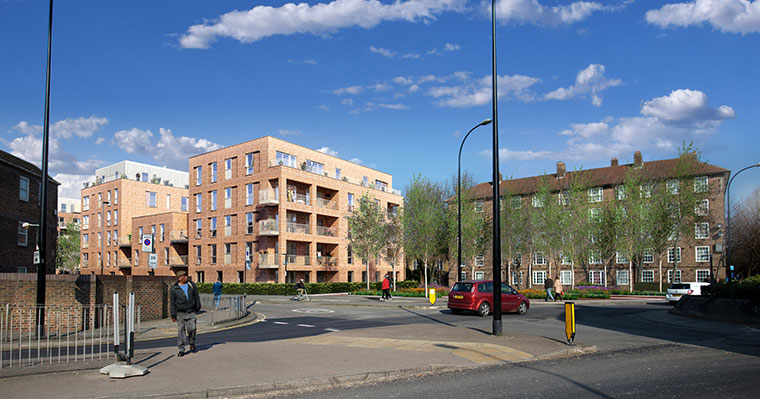
While SE may lag simply due to a service that’s not very appealing, it still seemed likely growth would increase and it has.
There’s also the issue that on almost all forms of TfL travel there’s ticket barriers or staff on board to measure passenger numbers. SE is pretty much unstaffed at most stations most of the time.
My last trip on the DLR? Staff checked I’d paid. On the tube? Barriers. On SE Metro? Open stations, barriers open, few staff seen and none on trains.

Note that they state in the letter to MPs that it’s key to have sufficient staff. They clearly do not.
While TfL were increasing DLR frequency at the end of 2022 Southeastern were reducing their own. It’s now miles apart at certain times. Evenings are a good example when coming home from an evening out. SE cuts and skeletal services hamper London’s evening economy.
Running fewer trains off-peak and at night means the stats may look better but have repercussions for the wider economy.
As for the Elizabeth line, do SE want people to use the new line? As covered before, billions were spent to link Crossrail to the National Rail network at Abbey Wood. Southeastern then promptly cut their own services after the new line opened so we now see waits up to 27 minutes upon arriving at Abbey Wood before a train will take you to Kent. In rush hour.
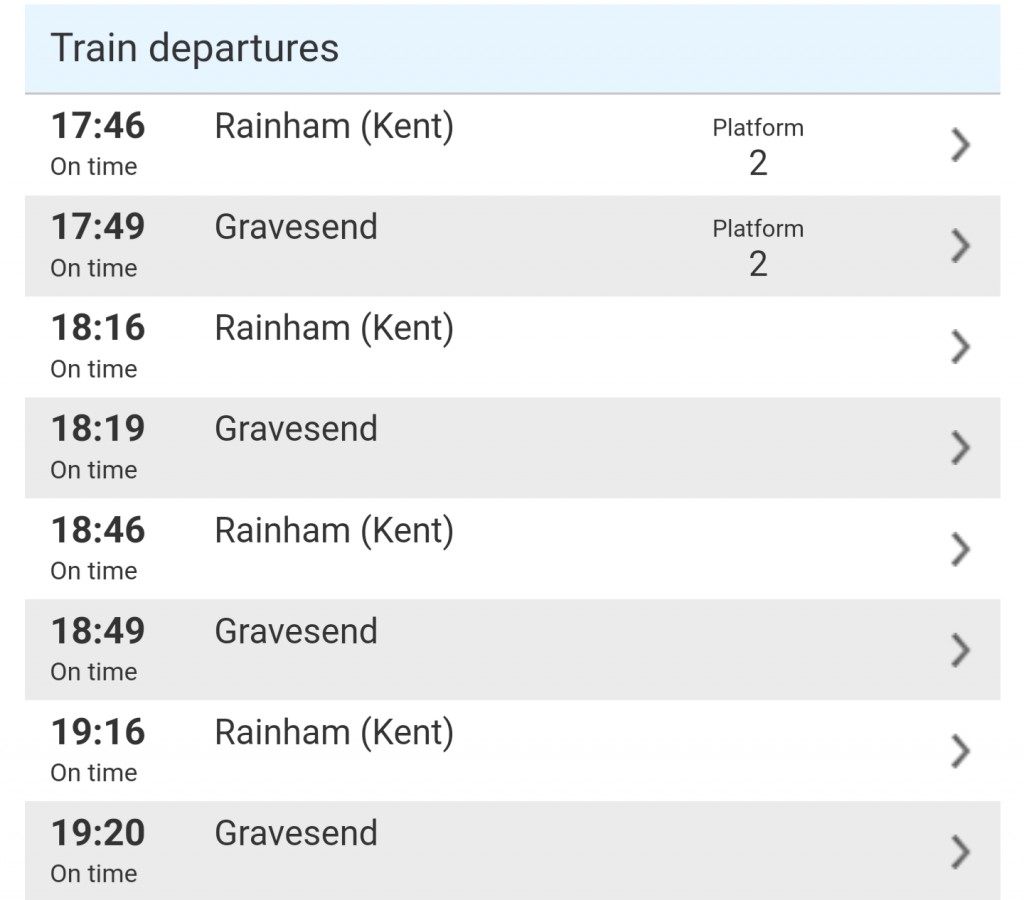
When Crossrail was planned there would be six SE trains an hour through Abbey Wood towards Kent. Now just two. Integrated transport? Not here.
Other factors
The letter also highlights other issues such as speed restrictions and:
- Tight turnarounds at Dartford for which additional station resources have been provided.
- Late running freight trains which are subject to performance improvement action.
- Some knock-on delays between mainline and metro services which require minor retiming or re-platforming.
It’s less keen to highlight their own train faults. We saw that again today as a reason given for delays alongside signal failures.
Trains
The letter attempts to give a glow of positive PR by stating new trains are coming. For Metro services there’s no guarantee the bulk of the fleet will be replaced, and even if the DfT agree it will take five years to replace the Networkers.
The remaining City Beams to arrive total 12. Nice, but a drop in the ocean with 150 Networkers running.
Ultimately the letter has already proven outdated. Issues continue since it was written. Daily performance numbers for Metro services continue to be very poor. Train failures alongside infrastructure problems are regular.

The company have announced some minor changes with one or two extra services but fundamentally many problems remain.
And all the impact to thousands of people, businesses seeing employees arrive late and stressed plus damage to the evening economy saves a measly £10 million.
A drop in the ocean for total transport spending. While the aims of changes may make sense, to do it alongside cuts has hampered change and exacerbated problems from the get go. With no improvements yet seen, calls for change look unlikely to subside.
Whether a government intent on cuts will listen is another matter. And make no mistake, decisions will be made at Whitehall.
The full letter can be seen here.
Running a site alone takes time and a fair bit of money. Adverts are far from enough to cover it and my living costs as a private renter.
You can support me including via Paypal here Another option is via Patreon by clicking here You can also buy me a beer/coffee at Ko-fi here There's also a Facebook page for the site here Many thanks
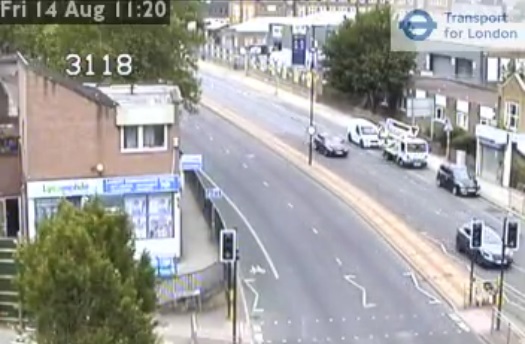
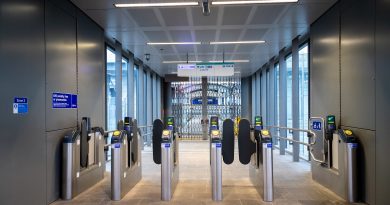
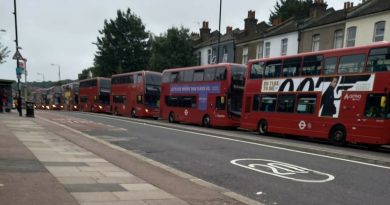
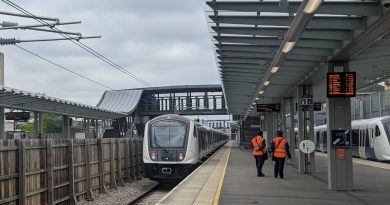
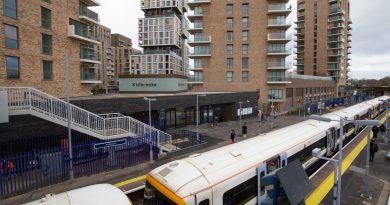
“Southeastern continues to be a low cancellation railway with full resource availability”.
Clearly written before their train caught fire last week
Thank you very much for your detailed analysis. The underlying idea – we are punctual because we don’t provide a drastically reduced service now – is horribly cynical, yet SE Railway shamelessly repeats it over and over again.
It really is a joke the new timetable, a parody on the word ‘metro’. You just have to look at Southeastern’s Twitter account to see the daily complaints of how it’s not working. All you get back is “we’ll pass on your feedback to our timetable planning team”
In regards to getting to Deptford from Charing Cross though, which also applies to New Cross and St John’s a change will always be necessary as since the new London Bridge rebuild and the installation of the Bermondsey dive-under. It’s not no longer possible to access Deptford or New Cross & St John’s from the Charing Cross lines, so a change at London Bridge will always be the case. Having said that though since London Bridge was rebuilt and before the pandemic Deptford did see 6 trains per hour to Cannon Street so changing wasn’t really an issue like it is now on the measly 2tph.
Also I get your disregard for Networkers in all your articles but personally and I’m sure a lot of commuters agree who use the railway daily, I’ll always prefer a Networker over a 376 any day. Much more comfortable, not as dingy, and at least they have a loo. And yes some are looking very tired, I completely agree, however the ones I frequently travel on, whether it be just by luck on the whole are in pretty good nick.
Excellent article. The timetable is a botched for the sake of saving £27K a day, which is probably eaten away by all the disruption they have to manage as a consequence.
Typical Treasury. Financially idiotic to cause so much disruption to people and business to save a paltry £10 million.
Government spend hundreds of millions in a blink yet badly impact hundreds of thousands of passengers for what?
And these geniuses are running the nation’s finances which explain why it’s such a mess. Short term cuts for long term problems – though in this case immediate problems.
Sunak is useless and a Treasury man. Any future PM would do well to reform the Treasury. Also devolve the Metro service to TfL. Far from perfect but goodness no where near as useless as the Department of Transport and Treasury.